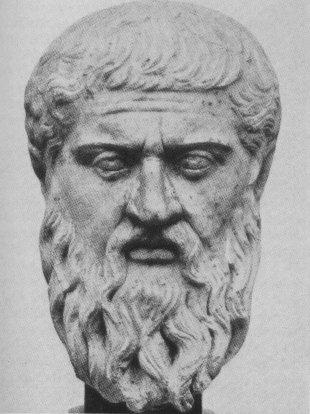-

PHILOSOPHYAn effective class is a community of learners. The daily activities of reading, discussing, and writing are the crucial modes of learning and expressing learning in an ELA class. Students should experience an open atmosphere where guessing, speculation, trial interpretations, and mistakes are welcomed as resources upon which valid and insightful interpretations can be built. Alternative interpretations must be assessed by a community of readers who evaluate their own and their classmates’ speculations on the basis of the content and structures of the text under discussion. As the community of readers responds to and evaluates the interpretations expressed in discussions, class members will grow in their ability to read closely, to report accurately on the contents of the text, and to respond with creative and intelligent readings, interpretations, and insights.
These reading and discussion skills are the necessary foundation for effective writing. Good writing arises from knowledge and insight about a particular text. Without the essential understanding of the text, the student will be at a loss in developing appropriate content for writing. Once content knowledge and intelligent interpretation are secure, the student can focus on improving the quality of writing by developing correctness, effective sentence style, and coherent, meaningful organization and structure. The task of improving writing must be accomplished individually, but the community of learners can contribute to each student’s progress. Student writing that is shared through peer review and editing and through published models and samples can provide valuable instruction for the class. Sharing writing gives students an opportunity to evaluate their own progress against models and samples. This is an effective way to motivate writers to make the effort necessary for growth.
LEARNING OBJECTIVES
- Students will be able to become more skilled, confident, and competent writers through the process of reading, writing (including drafting and revising), and class discussions.
- Students will learn to understand and appreciate the diverse ways that authors make meaning in oral and written texts.
- Students will identify structures and conventions and effectively use them in their own writing.
- Students will gain a better understanding of the way writers employ language to explore their subjects.
- Students will gain a better understanding of the methods and nuances writers employ to shape thought and emotion while offering readers their unique perspectives on experiences.
- Students will learn the process of documenting sources
- Students will analyze how graphics and visual images both relate to written texts and serve as alternative forms of texts.
Select a School...
Select a School
- 79th Street Elementary
- Harry F. Abate Elementary
- Cataract Elementary
- Hyde Park Elementary
- Henry J. Kalfas Elementary
- Geraldine J. Mann Elementary
- Maple Avenue Elementary
- Bloneva Bond Primary School
- Gaskill Preparatory
- LaSalle Preparatory
- Niagara Falls High School
- Community Education Center
- COVID-19 Crisis Management

